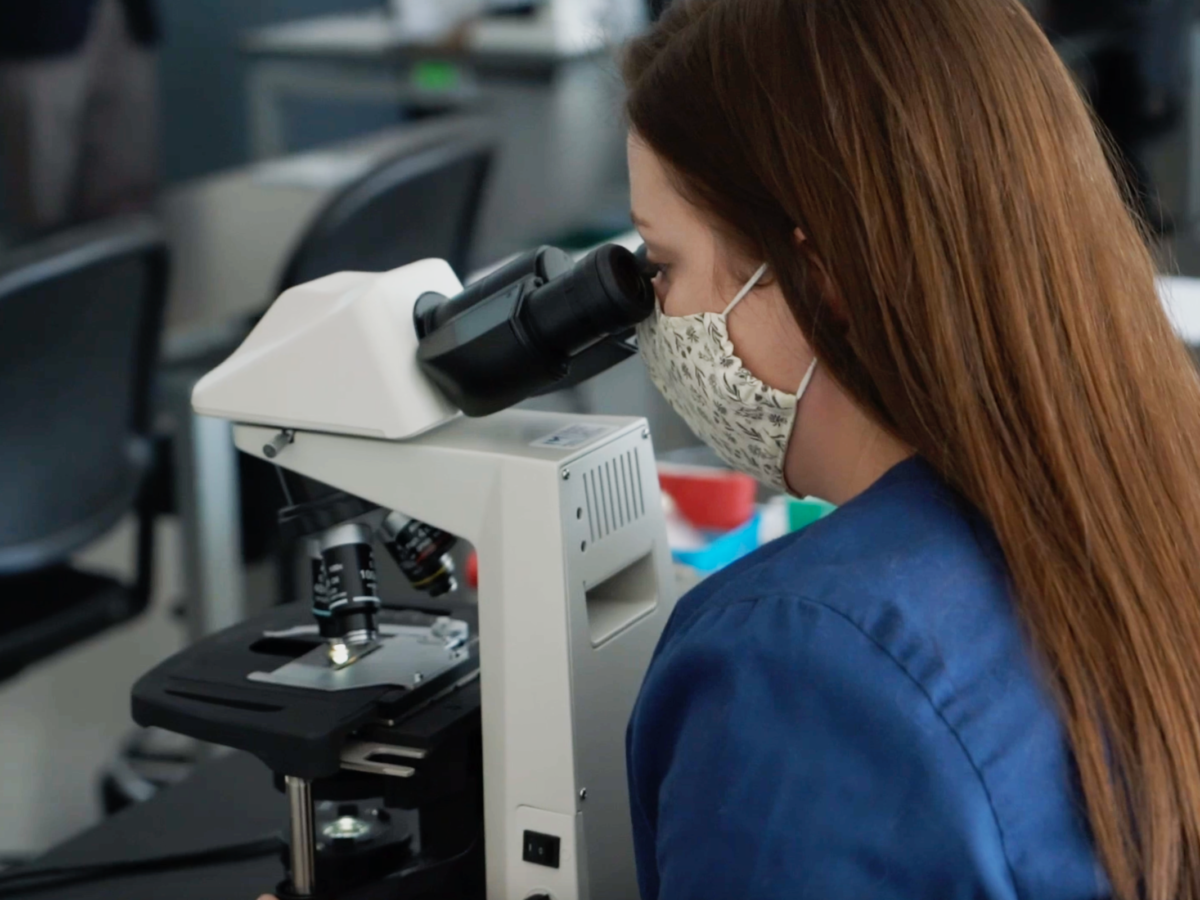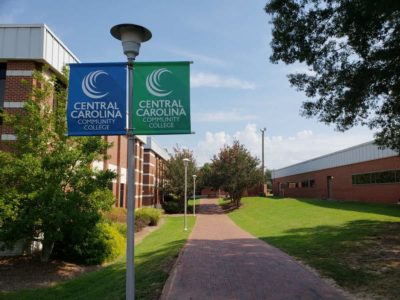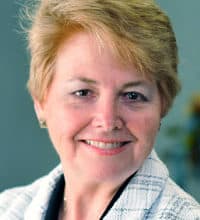
This perspective is one of two articles exploring the complexities of AAS (Associate of Applied Science) degree transfer in North Carolina. In this second installment, Lisa Chapman, Ed.D., president of Central Carolina Community College, examines how AAS transfer issues affect students and educators — focusing on financial burdens, lost credits, and delays to graduation and full-time employment.
Across North Carolina, students who enroll in Associate of Applied Science (AAS) programs do so with purpose. Many balance work and family responsibilities while pursuing credentials that offer a clear path to economic mobility. But for those who later decide to pursue a bachelor’s degree, that path is too often blocked by unclear and inconsistent transfer pathways, lost credits and added costs — both financial and emotional.
The student impact
Transfer challenges have real consequences for our students. Consider Jane and John for example.
Both earned an AAS degree at a North Carolina community college with plans to transfer and complete a bachelor’s degree in information technology. Jane was able to transfer most of her credits through a clear bilateral articulation agreement. She graduated in just two years and entered the workforce sooner, saving both time and money.
John’s experience was vastly different. Despite earning more than 64 credit hours in his AAS program, 41 of those credits didn’t transfer. That’s more than $3,116 in tuition for community college courses he had to retake — in addition to the cost of an extra university semester, a delayed graduation, and a postponed start to full-time employment.
Unfortunately, John’s story is not uncommon in our state. On average, AAS students in North Carolina lose 28 credits during transfer — equivalent to nearly two full semesters of courses and tuition costs. In addition, just over half (62%) complete their bachelor’s degree within four years of transferring which is 13 percentage points less than their Associate of Arts or Associate of Science peers (75%).
While many students are working, have families, and take longer to complete their degree, the discrepancy between the graduation time for AAS students and their peers presents an opportunity for colleges to help students earn their degree faster by better aligning courses to reduce lost credit. In many cases, these students are paying twice for the same course material: once at the community college and again at a four-year institution.
This loss of time and money is significant. As the Belk Center for Community College Leadership and Research highlighted in their latest brief, Applied Associate of Science Degrees: Pathways for Workforce and Transfer, transfer inefficiencies affect students’ lives, professional futures, and financial well-being.
Challenges for educators
Educators and advisors are committed to helping students succeed — but when it comes to AAS transfer, they’re working within a system that wasn’t designed to support this path. The AAS degree was initially developed to help students enter the workforce directly from the community college, with curriculum focused on technical and applied skills. But as more students use AAS degrees as stepping stones to bachelor’s programs, the gap between original design and current need has grown.
Institutional policies and practices around course transfer vary widely across the University of North Carolina System institutions, leading to inconsistent recognition of AAS coursework across universities and majors. Bilateral articulation agreements — when they exist — are often difficult to find, not updated regularly, and in many cases, are not communicated clearly to students through advising and marketing. As a result, AAS students across our state can be unintentionally excluded from transfer advising, especially when advising offices are organized by program type.
To better support these students, colleges need inclusive advising models, transparent articulation agreements, and stronger curricular alignment between two- and four-year institutions. Educators and advisors are doing their part, but they certainly can’t bridge these gaps alone. Our systems must evolve and improve to meet the goals of today’s students.
Why it matters
The stakes extend far beyond our individual students. North Carolina needs more bachelor’s degree holders in high-demand fields like business and information technology — fields where many AAS students begin their academic journey. Yet because AAS degrees were not designed for transfer, too many students face barriers to completing the bachelor’s degrees required for upward mobility. It’s time to treat transfer as a purposeful, supported journey — one that values applied learning, recognizes student ambition, and makes every credit count.
Recommended reading

